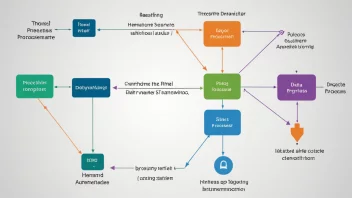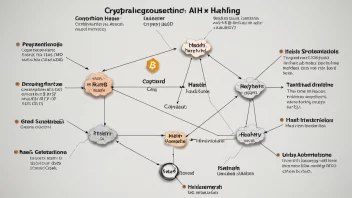Open source software (OSS) has transformed the technology landscape, fostering innovation and collaboration across various domains. However, with its many advantages come significant cybersecurity considerations that developers and organizations must address.
One of the primary concerns surrounding OSS is the potential for vulnerabilities. Since the source code is publicly accessible, it can be examined by anyone, including malicious actors. This transparency means that vulnerabilities can be identified and exploited if not promptly patched. A notable case is the Heartbleed bug in OpenSSL, which allowed attackers to steal sensitive information by exploiting a flaw in the library.
Another challenge is the dependency management within open source projects. Many applications rely on a multitude of libraries, and if one of these libraries has a security flaw, it can compromise the entire application. Tools like Dependabot and Snyk can help developers monitor dependencies for known vulnerabilities and suggest updates.
Furthermore, the governance of open source projects plays a crucial role in maintaining security. Projects that lack a clear leadership structure may struggle to respond to security issues effectively. This can lead to delays in patching vulnerabilities, putting users at risk. Adopting a governance model that includes security reviews and responsible disclosure policies can help mitigate these risks.
In addition, the community aspect of OSS can be both a strength and a weakness. While a large community can lead to faster identification of vulnerabilities, it can also result in fragmented communication. Developers may not always be aware of security best practices or may overlook critical updates. Regular training and awareness initiatives can empower contributors to prioritize security.
To address these cybersecurity challenges, organizations using OSS should implement a comprehensive security strategy. This includes regular code audits, using automated tools for vulnerability scanning, and maintaining an up-to-date inventory of all open source components in use. Adopting a security-first mindset can significantly reduce the risks associated with open source software.
In conclusion, while open source software offers numerous benefits, it is essential to recognize and address the cybersecurity considerations that accompany its use. By being proactive about vulnerabilities, managing dependencies, ensuring effective governance, and fostering a security-aware community, developers and organizations can harness the power of OSS while minimizing potential risks.






